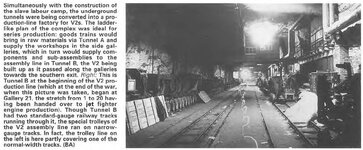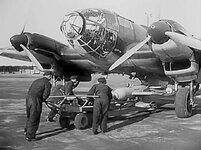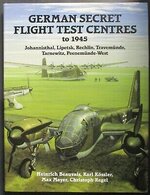Sergio
Airman
Your detailed knowledge is sought to answer a couple of questions...
Is there any aspect of the development of the ME262 that connects it to Peenemünde or (more likely) Peenemünde West?
Did an ME262 ever land at Peenemünde West airfield?
Is there any aspect of the development of the ME262 that connects it to Peenemünde or (more likely) Peenemünde West?
Did an ME262 ever land at Peenemünde West airfield?



